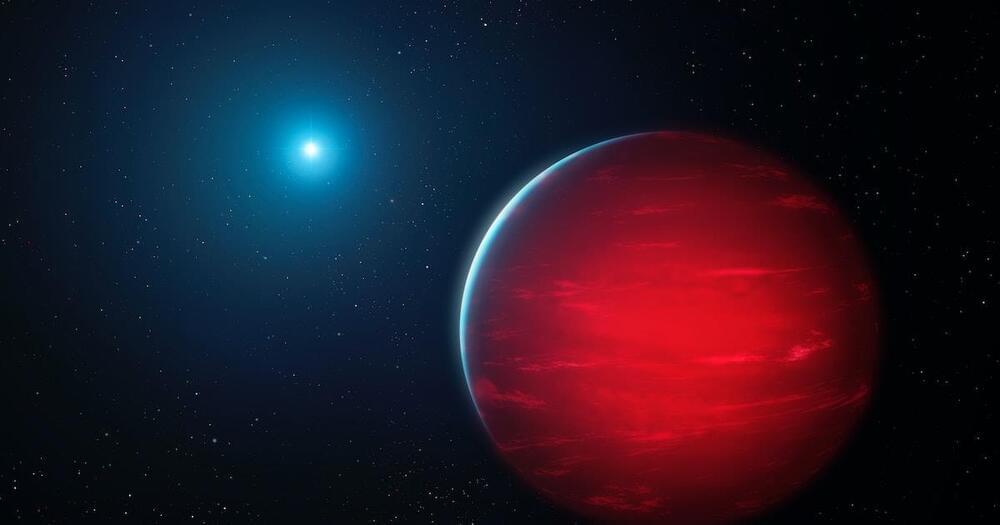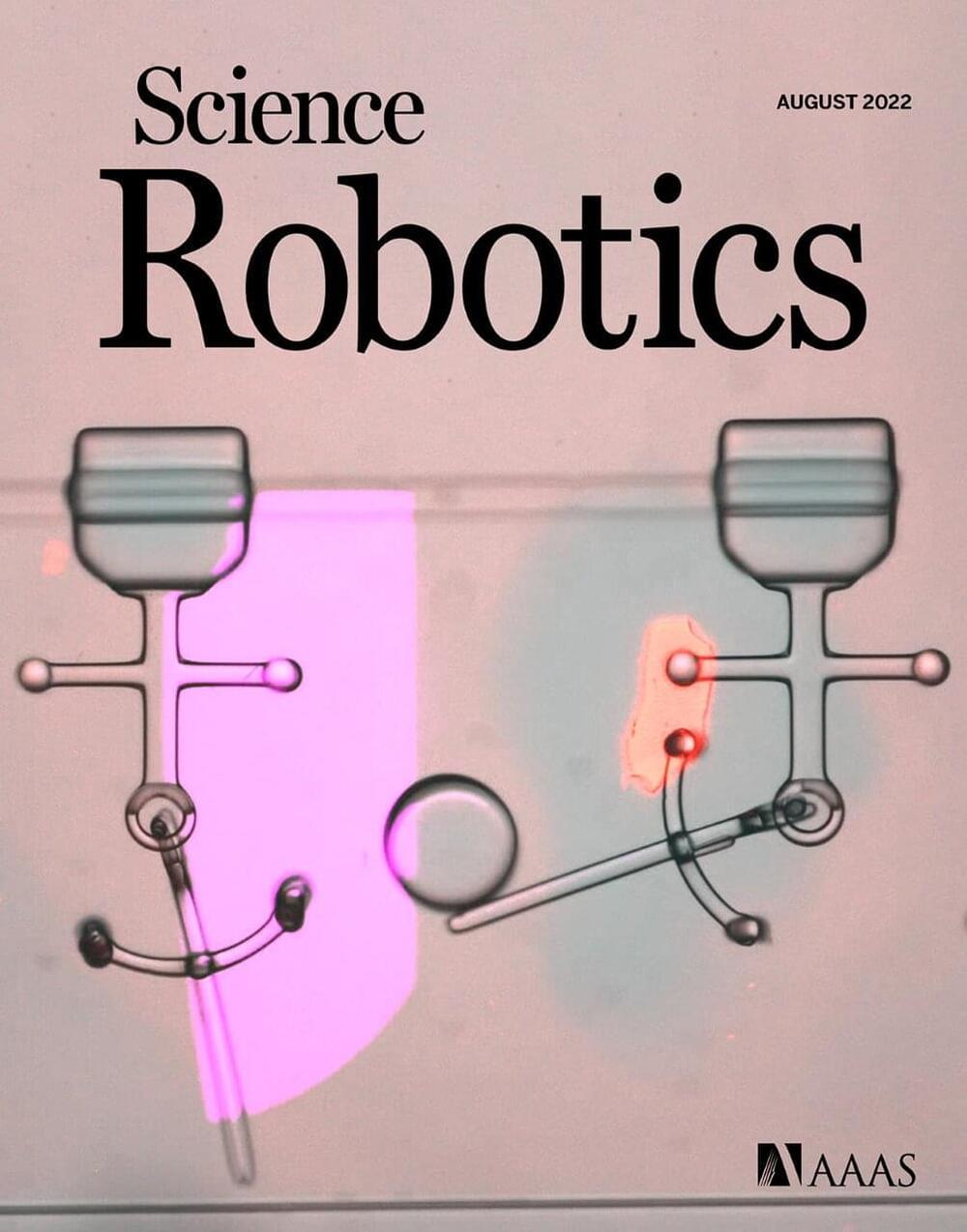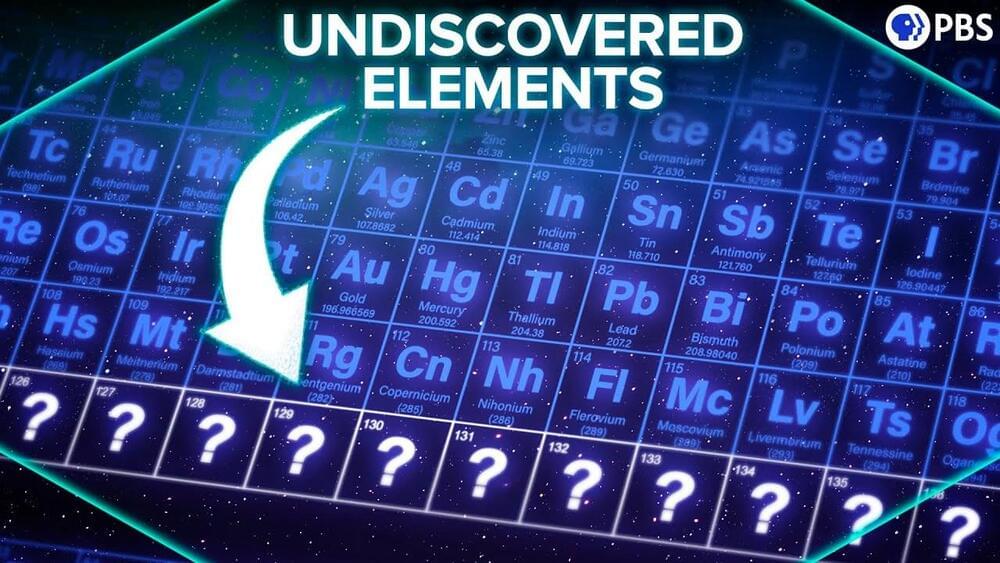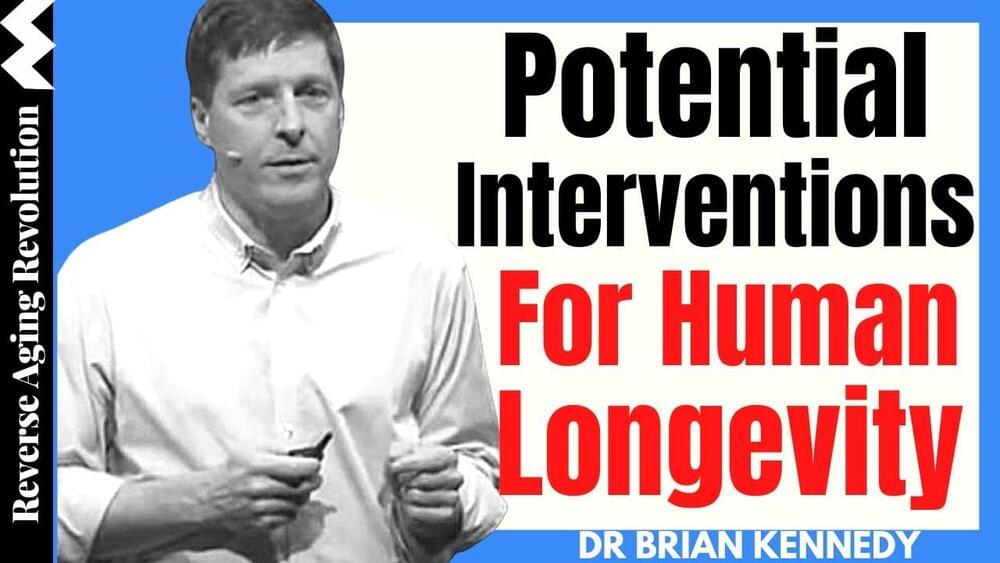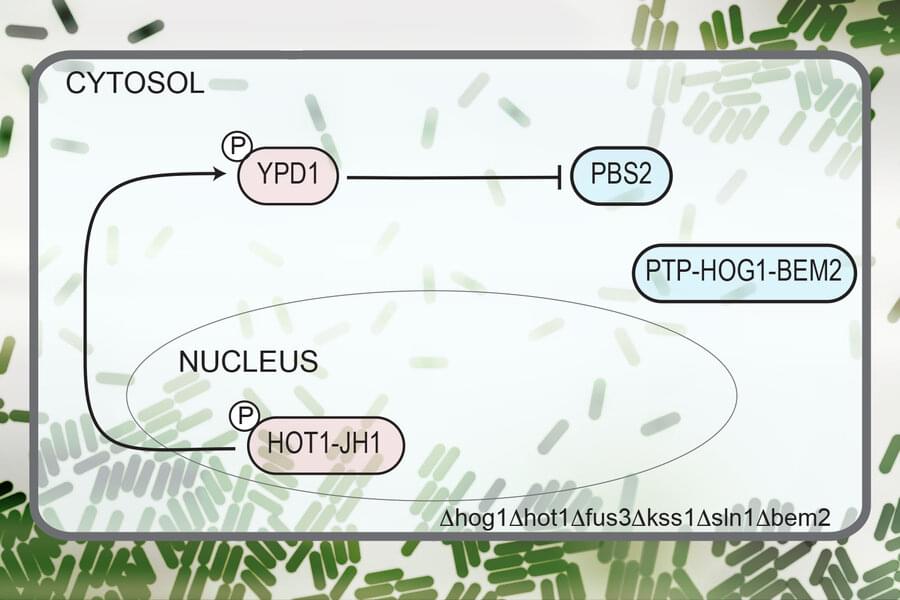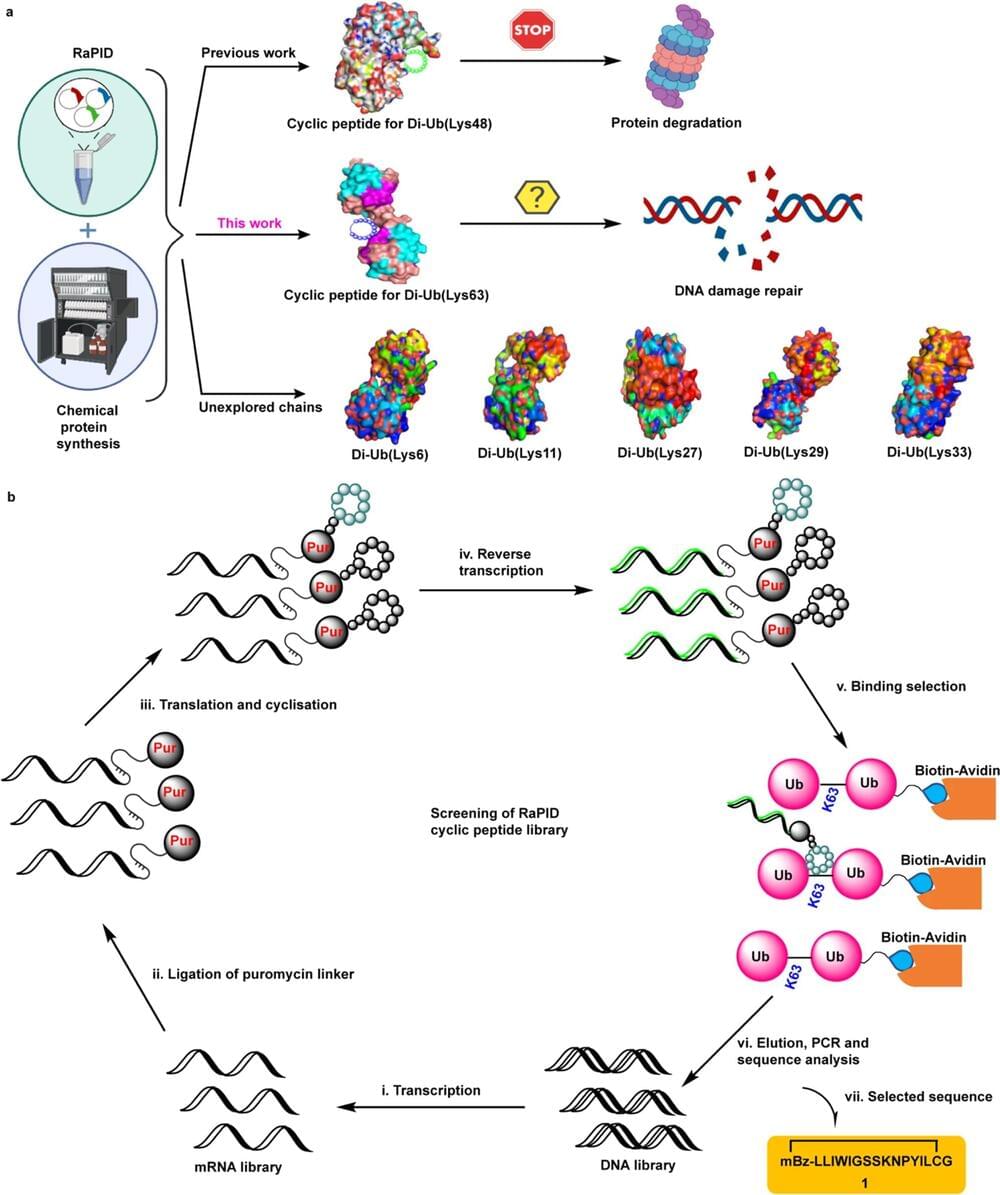Nov 19, 2022
Dead stars covered in space debris could reveal the origins of planets
Posted by Atanas Atanasov in categories: alien life, chemistry
Breadcrumbs…
When University of Cambridge astronomer Amy Bonsor and her colleagues studied the spectrum of light from white dwarfs — the burned-out remains of small stars — they noticed flecks of heavier elements on the stars’ surfaces where there should have been only a glowing expanse of helium and hydrogen. The astronomers realized the stars’ surfaces were littered with debris from asteroids and comets that had fallen into the stars, visible on the surface just briefly before sinking into the depths.
The chemical makeup of those planet crumbs — visible in their spectra, the specific wavelengths of light each chemical emits — suggests that the building blocks of planets are as ancient as a star system itself, rather than things that form later from the disk of material orbiting the star.
Continue reading “Dead stars covered in space debris could reveal the origins of planets” »
